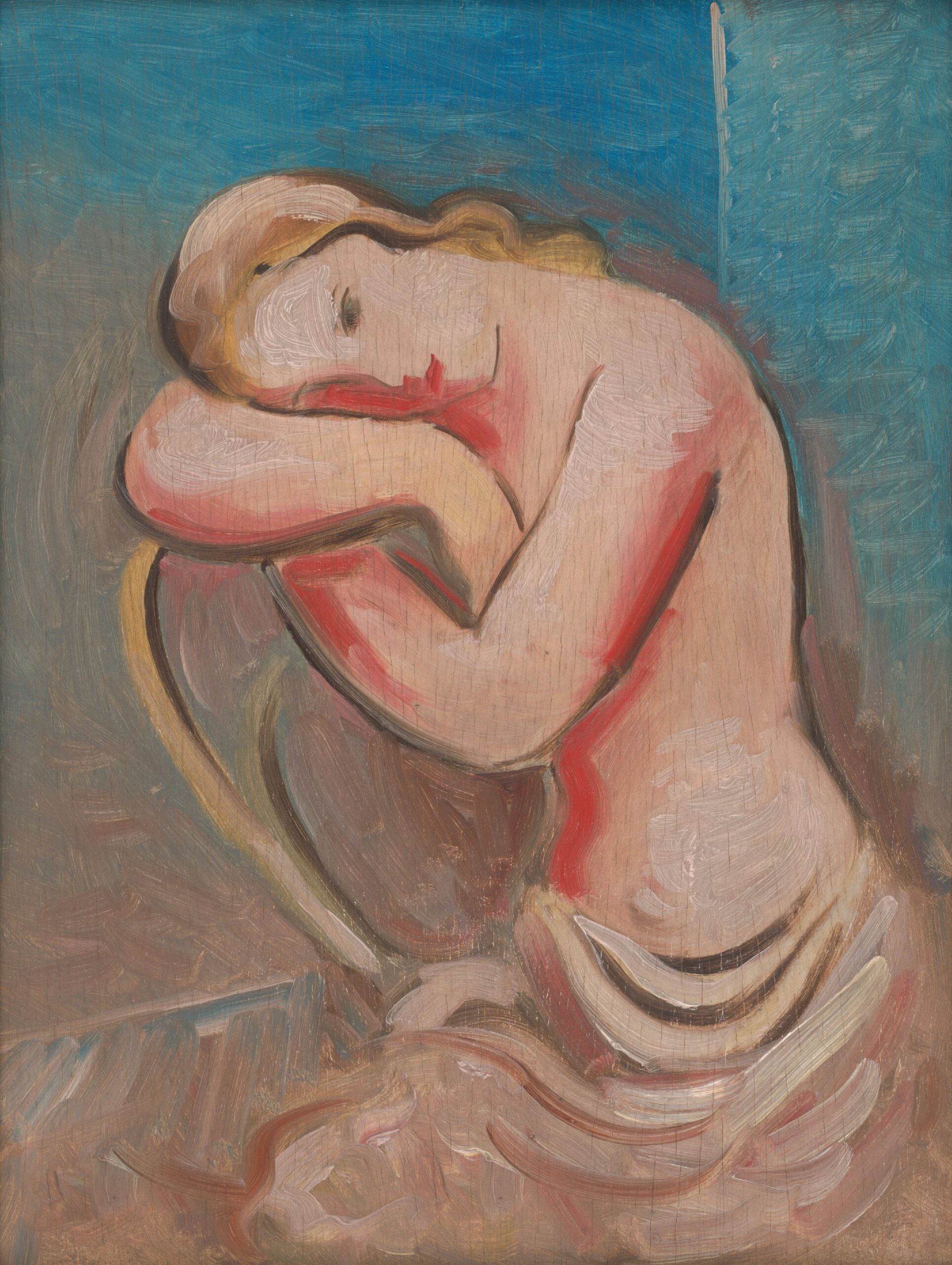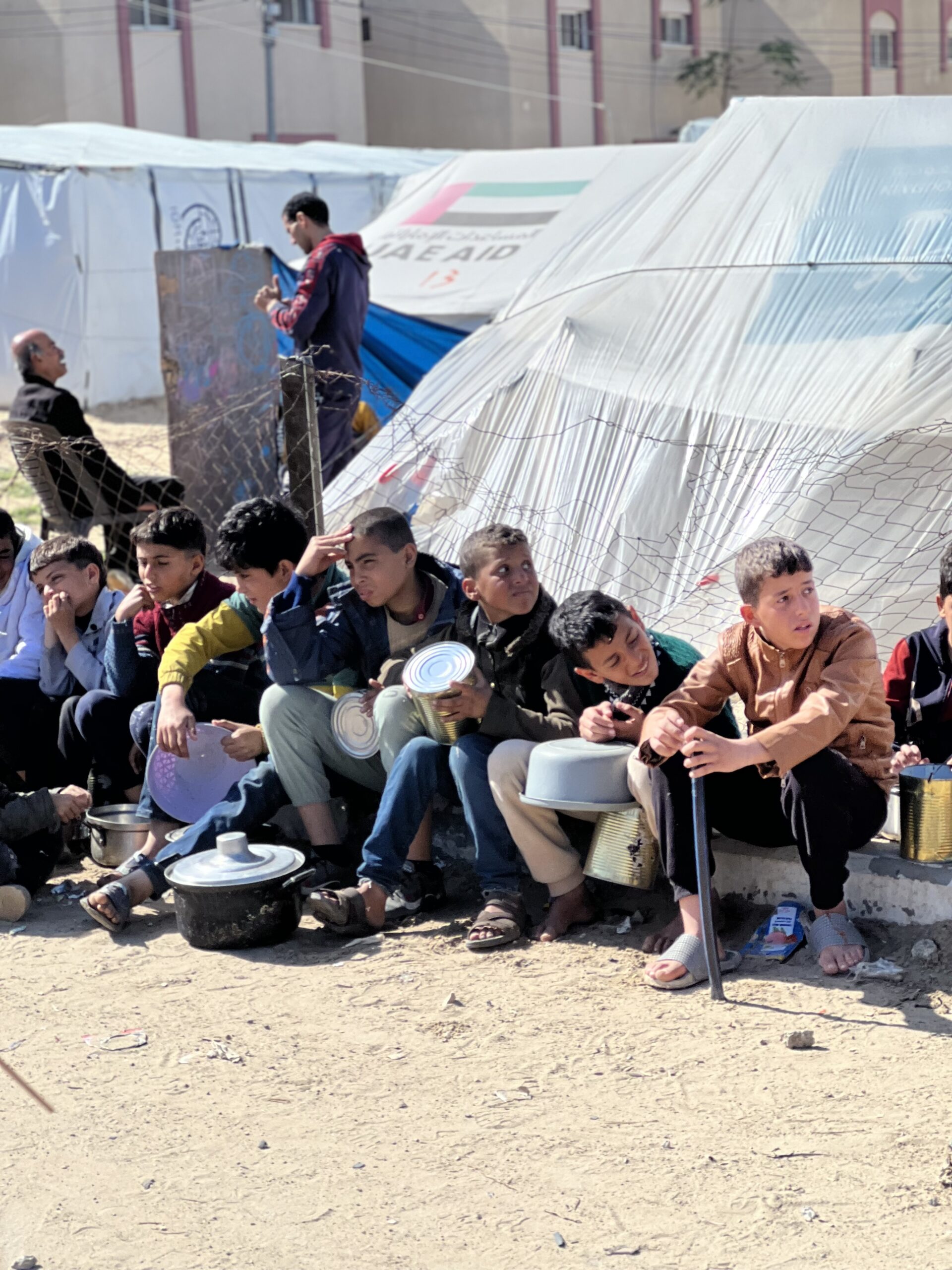What initially inspired you to combine forensics and morbid curiosity in your fine art prints?
From the beginning of my studies in fine art, I have always incorporated a critical approach to forensic matter without even realising. The unknown and the darker realities of life have always intrigued me, meaning that I tend to focus on topics surrounding true crime and its existence as a form of morbid entertainment. This exploration sparked a deeper curiosity in me to examine unattended deaths, missing person databases and my current line of enquiry: what will become of our digital remains once we pass.
Can you walk me through a specific piece where forensics played a significant role in its creation? ( answering this question as if it is about what processes i use in my practice)
Describing my practice through a forensic lens conveys the examination, analysis, and interpretation of details within my work. Put simply, my forensic methodology assembles evidence to construct a narrative. As my work is primarily research led, I view myself as a detective, piecing together information gathered from interactive research within online platforms and manifestations. Ultimately, I draw inspiration from the rapid advancements in artificial intelligence and the digital afterlife industry, examining what the future holds for our digital data thus mirroring the boundary between the digital and physical realms.
What draws you to explore the darker themes of human existence in your artwork? How do you navigate the balance between respecting the subject matter and creating thought-provoking art that challenges societal norms?
Trying to figure out the unknown draws me to enigmatic and obscure themes of human existence. Perhaps I am subconsciously attempting to comprehend my own fears, or hoping to make sense of the overwhelming realities of the concept. In my previous body of work during my time studying abroad in the Netherlands, I read the text ‘The Lonely Funerals Project’, which has been established in Scotland and The Netherlands. This organisation arranges a funeral for those who die without relatives or friends, inviting a poet to compose a piece out of the little information they have access to. The text is a heartbreaking compilation of all these individuals who have died without relatives. After reading the poems, I became very attached to them. What those poets were trying to do was to make a eulogy of someone they never knew, and I think I’m somewhat doing the same in my practice, as I attempt to recreate or investigate (with little information) the uncertainties of life post death.
In order to be sensitive and ensure respect when exploring such a difficult topic surrounding death and grief, I never reveal any of the victims’ faces or their bodies posthumously.
What kind of research do you undertake to ensure accuracy and authenticity when incorporating forensic elements into your prints?
In some of my previous work such as the “trauma scene tights”, I used online images depicting death clean up scenes before transforming them. This overtly raises questions of ownership and alters the context of images. Transforming them into a commodity messes with the ethics, especially when addressing sensitive topics such as crime scenes and death. I consistently reflect on my actions and ensure that I never exploit an individual’s narrative for personal advantage. By generating my research using extensive resources such as digital afterlife websites and missing person databases, I create an anonymous narrative.
How do you imagine viewers interact with your prints, particularly those with themes related to morbid curiosity?
My practice engages themes surrounding morbid curiosity, which undoubtedly has the potential to make viewers feel uncomfortable. I am aware that my art practice might not appeal to everyone, but the finality of death is an inevitable part of the human experience. Therefore, by pondering this reality and exploring what happens to us once we pass and what we leave behind, I hope to encourage viewers to confront and question their perceptions of mortality in the digital age by engaging in a novel line of inquiry and the dichotomy between comfort and discomfort.
Have you faced any challenges or ethical considerations while creating art that delves into forensic topics?
I continuously question myself, and frequently find myself going down rabbit holes, trying to establish some sort of a presence in absence. I enjoy floating between morals which question the ethics surrounding the relationship we have with death and media. Central to my current pieces is an attempt to raise critical awareness of the rapid advancements in artificial intelligence and the digital afterlife industry, which seeks to immortalise humans through digital means. Think of headstones with QR codes on them. That is the reality now, and will play a large part in our future..
How do you see the intersection of art and forensics evolving in the future, and what role do you hope your work will play in that evolution?
I think I am engaging in a novel and somewhat nebulous line of enquiry. For example, I’ve been looking at AI deathbots that can turn the deceased into chat bots through one’s data by feeding it to an algorithm. We are constantly digitising our daily life and memories, The instant gratification provided by media content fosters a continuous stream of information, leading us to focus less on the long-term implications of the data we generate in the present moment. It is now an inescapable, intrinsic part of our daily lives, which I think will have huge consequences in the future. I think my work is at the tip of the iceberg, uncovering topics surrounding digital memorialisation. My ultimate aim is to raise awareness about this topic, which is central yet often goes unaddressed in our daily lives.







